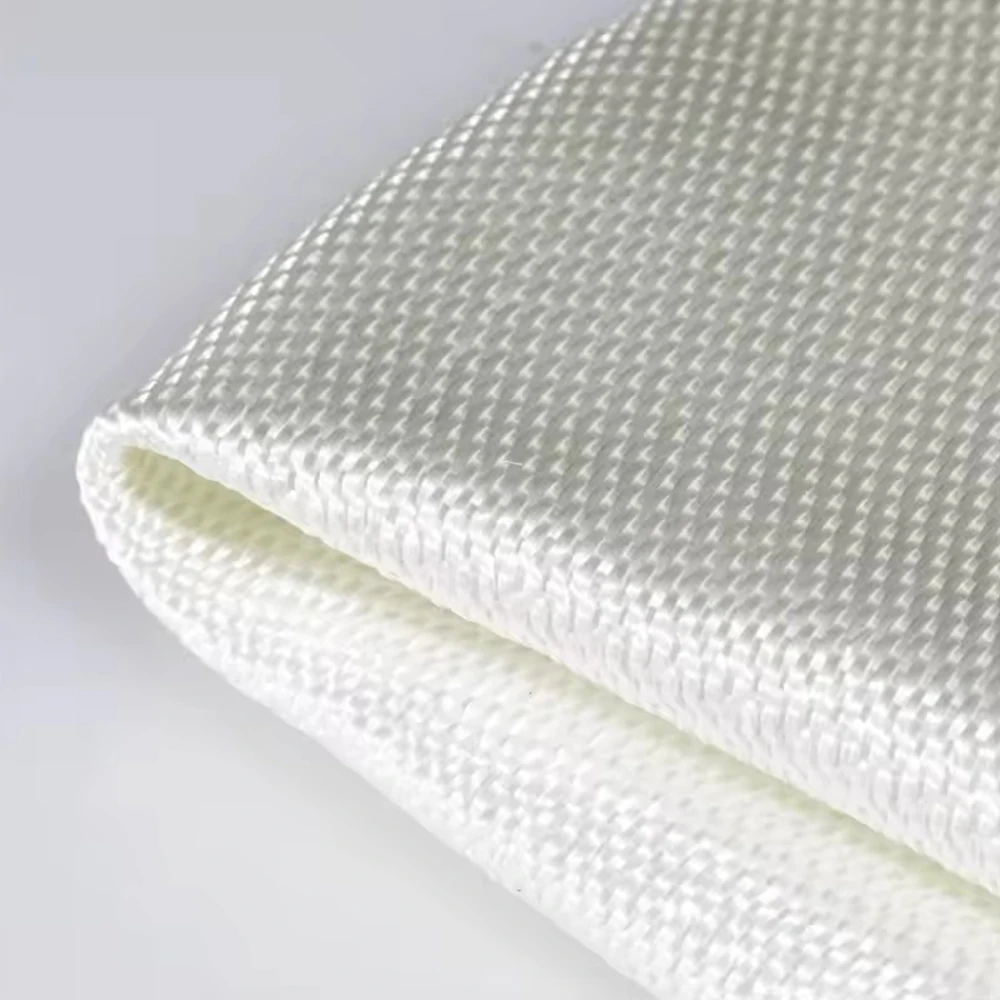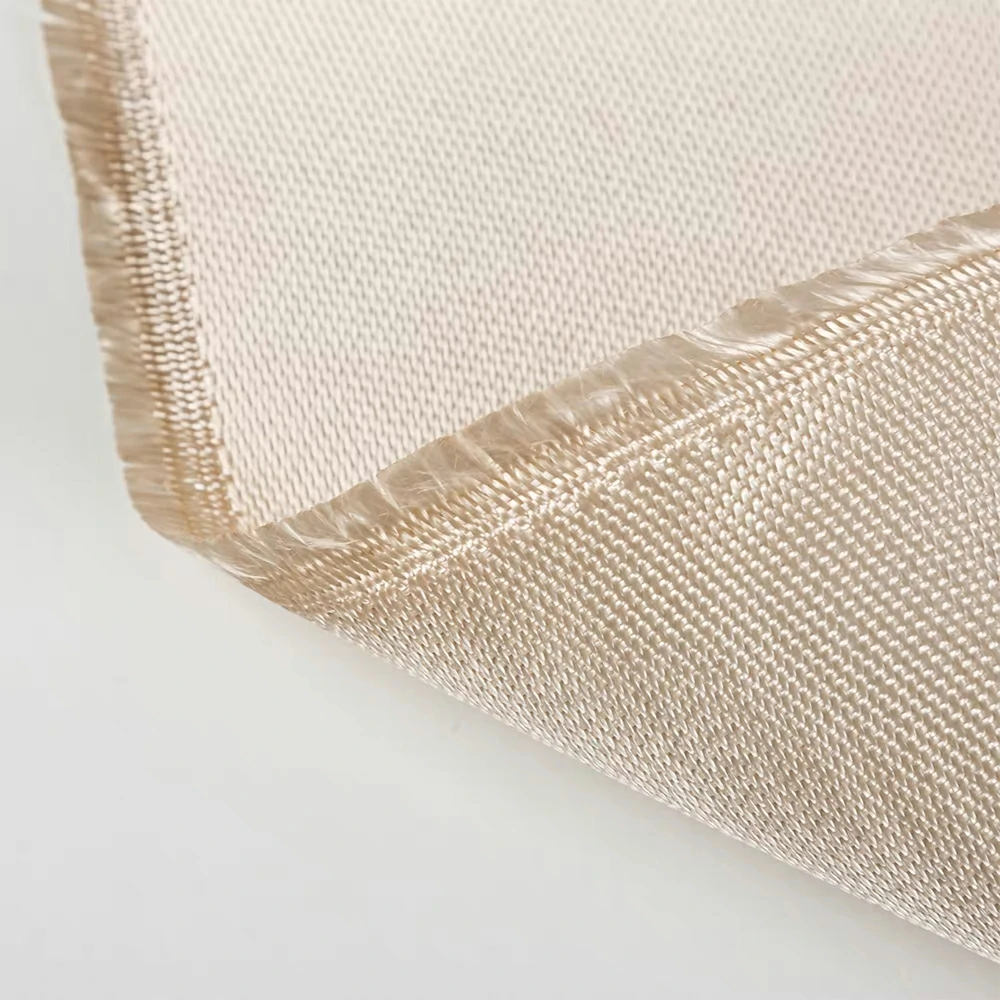Silica, often referred to as quartz, is a naturally occurring compound made of two of the earth's most abundant materials: silicon (Si) and oxygen (O2). This combination forms silicon dioxide (SiO2), the chemical formula that defines silica.

In the realm of geology and materials science, silica holds a significant meaning. It's a cornerstone in the formation of the earth's crust, contributing to about 59% of its composition. This prevalence is due to silica's unique ability to withstand intense heat and pressure, characteristics that make it a vital player in the formation of various types of rocks and minerals.
Silica's versatility extends beyond geology, finding its place in numerous industries. Whether it's serving as a primary component in glass production or providing durability in construction materials, silica's importance cannot be overstated.
In essence, silica is more than just a compound. It's a fundamental building block in our world, playing a critical role in everything from the mountains we climb to the windows in our homes. As we delve further into this topic, we'll discover the fascinating characteristics of silica, its various forms, and its impact on our daily lives.

Silica is a mineral, a term used in geology to describe a solid, naturally occurring substance with a definite chemical composition and a specific crystal structure. Silica, specifically, is composed of silicon and oxygen, forming silicon dioxide (SiO2). This simple composition belies its complex nature and diverse forms.

One of the key features of silica is its presence in rocks. In fact, silica in rocks is so common that it's considered a primary building block in the earth's crust. This is especially true for igneous rocks like granite and rhyolite, which can contain up to 70% silica. Sedimentary rocks, such as sandstone, and metamorphic rocks, like quartzite, also have high silica content. These varied types of silica-rich rocks underscore the mineral's ubiquity and importance in geology.
Silica stone, a type of rock silica, is another testament to silica's prevalence. It's found worldwide, from the sandy beaches of Australia to the rugged mountains of the American West. This stone significantly contributes to the overall silica content in the Earth's crust, further emphasizing the mineral's geological importance.

So, where does silica come from? It originates from the cooling and solidification of magma or lava, processes that give birth to a myriad of rock types. When these rocks weather over time, they release silica particles, which then accumulate to form silica sand or combine with other elements to create new minerals.

The crystal structure of silica is a fascinating aspect of its composition. It's predominantly made of tetrahedra—pyramid-like structures with a silicon atom at the center and four oxygen atoms at the corners. These tetrahedra link together in various ways to form different types of silica, from the common quartz to the rare coesite.
In sum, silica is a mineral of immense geological significance. Its presence in various rock types, its contribution to the Earth's crust, and its unique crystal structure make it a marvel of nature. As we further explore silica's properties and uses, we'll see just how integral this mineral is to our world.
Crystalline silica, a term that might sound complex, is actually quite straightforward when broken down. It refers to a specific form of silica that exhibits a crystalline structure at the atomic level. This structure gives crystalline silica unique physical and chemical properties that distinguish it from other forms of silica.

The most common form of crystalline silica is quartz (SiO2), a mineral that has been a part of our world for millions of years. Quartz is found in an array of environments, from sandy beaches to granite mountains, showcasing its adaptability and resilience. Examples of quartz include the stunning amethyst, known for its vibrant purple color, and the clear, glass-like rock crystal.
Silicon dioxide (SiO2) is not just a mineral, but it's also the chemical formula for quartz, the most common form of crystalline silica. This might seem confusing, but it's simply a reflection of how minerals can be defined by both their chemical composition and their physical properties. SiO2 is a perfect example of this dual identity.
Crystal silica is a term often used interchangeably with crystalline silica, but it specifically refers to the unique structure of this mineral. As mentioned earlier, silica's structure is composed of tetrahedra, with a silicon atom at the center and four oxygen atoms at the corners. These tetrahedra connect in various ways to create different forms of silica.
Unlike amorphous silica, which lacks a defined shape and structure, crystal silica has a regular and repeating pattern. This pattern gives crystal silica its hardness, stability, and resistance to heat and chemical reactions, setting it apart from other silica forms.
In conclusion, silica takes on many forms, each with its unique properties and uses. Whether it's the common quartz or the precise structure of crystal silica, each form contributes to our understanding of this fascinating mineral. As we continue our exploration of silica, we'll delve into its numerous applications and the impact it has on our daily lives.
Silica, a component of our planet's crust, is a fascinating mineral with a plethora of intriguing facts. For starters, did you know that silica is the second most abundant element on Earth, making up over 26% of the crust by weight? This prevalence underscores its importance in various geological processes and its omnipresence in our daily lives.
Another lesser-known fact about silica is its role in the creation of glass. When heated to high temperatures, silica melts into a liquid that can be shaped and cooled to form glass. This process has been used for thousands of years, highlighting silica's enduring value.

As a material, silica is remarkably heat-resistant. This property makes it an excellent choice for applications that require high-temperature stability. For example, in the textile industry, silica fibers are used to create heat-resistant fabrics. These silica fabrics can withstand temperatures up to 1000 degrees Celsius, providing critical protection in industries such as firefighting and metalworking.
Learn more: What is high-silica fabric?
Silica also has a high melting point, around 1713 degrees Celsius. This high threshold, coupled with its ability to resist thermal shock (sudden temperature changes), makes silica an essential material in industries like ceramics and metallurgy.
Beyond its heat resistance, silica is also a key ingredient in concrete. The sand in concrete is largely composed of silica, and its hardness and chemical stability contribute to the strength and durability of this ubiquitous construction material.
In summary, silica is more than just a mineral; it's a versatile material with a wide range of applications. From its role in glassmaking to its use in heat-resistant fabrics, silica's unique properties make it an invaluable resource in various industries. As we continue to explore and understand silica, we'll undoubtedly uncover even more fascinating facts about this extraordinary mineral.

Silica, while beneficial in many industries, also comes with safety implications, particularly when it comes to respirable silica. This term refers to tiny silica particles that are small enough to be inhaled into the lungs. In certain occupational settings, exposure to respirable silica can pose significant health risks.
When workers cut, grind, or drill materials that contain silica, like concrete or stone, they can release silica dust into the air. If inhaled, this dust can lead to serious lung diseases, including silicosis, a condition characterized by inflammation and scarring of the lungs. According to the Occupational Safety and Health Administration (OSHA), over two million workers in the U.S. are exposed to respirable crystalline silica.
The risks associated with exposure to silica dust are not to be taken lightly. However, they can be mitigated with the right safety measures. OSHA recommends a permissible exposure limit (PEL) of 50 micrograms of respirable crystalline silica per cubic meter of air, averaged over an 8-hour workday.
To achieve this limit, employers can implement engineering controls, such as using water or ventilation to minimize dust, and provide personal protective equipment like respirators. Regular health screenings for workers exposed to silica dust can also help detect any early signs of lung disease.
While silica is a valuable resource, its safety implications cannot be ignored. By understanding the risks associated with respirable silica and implementing effective safety measures, we can harness the benefits of this mineral while protecting the health of workers. As we continue to utilize silica in our industries, let's ensure we do so responsibly, always keeping safety at the forefront.
Silica, the second most abundant element on Earth, is integral to industries like construction, glassmaking, and textiles. However, handling respirable silica requires careful safety measures due to health risks such as lung diseases.
Adherence to guidelines like OSHA's exposure limit of 50 micrograms per cubic meter over an 8-hour workday is crucial. As we utilize silica, safety must remain a priority. In essence, silica's role is complex, balancing its vast utility with necessary safety precautions.
 Understanding Fiberglass: Fire Safety and Heat Resistance
Understanding Fiberglass: Fire Safety and Heat Resistance
 Top 5 Heat-Resistant Wonders: How High Silica Fiberglass Fabric Excels in Extreme Temperatures!
Top 5 Heat-Resistant Wonders: How High Silica Fiberglass Fabric Excels in Extreme Temperatures!
 Is Kevlar Fireproof? Unveiling the Truth Behind Kevlar's Flame Resistance
Is Kevlar Fireproof? Unveiling the Truth Behind Kevlar's Flame Resistance
 Do Fire Blankets Work? Understanding Their Functionality and Benefits
Do Fire Blankets Work? Understanding Their Functionality and Benefits